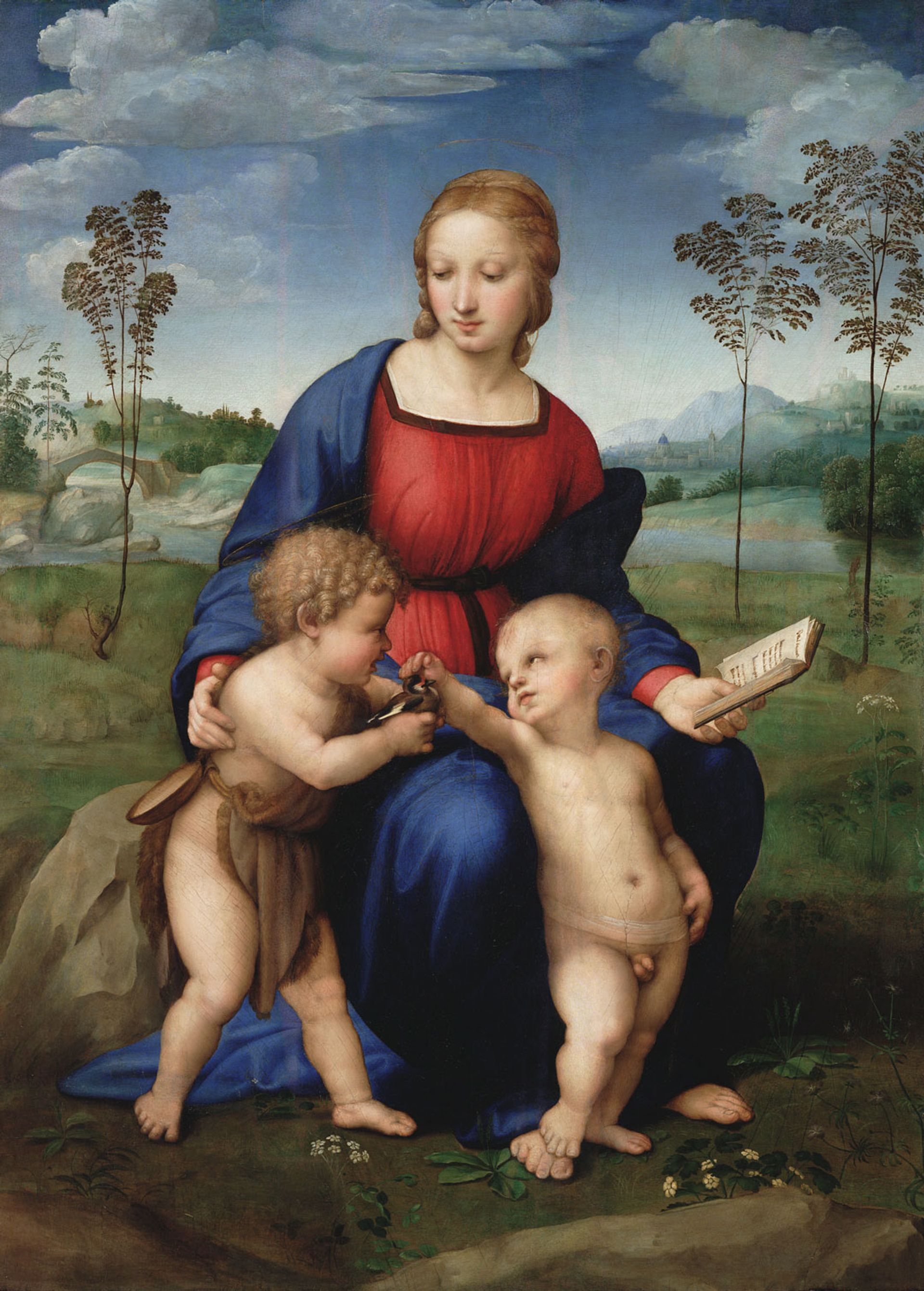A forthcoming London exhibition will see four Italian museums sell digital facsimiles of masterpieces in their collections such as Raphael’s Madonna of the Goldfinch and Leonardo’s Portrait of a Musician and La Scapigliata. The venture will raise funds to support the conservation of the original works, while also attempting to increase public access to them.
Eternalising Art History: From Da Vinci to Modigliani (16 February-19 March) at Unit London gallery will present six digitised paintings on screens of the same dimensions within frames virtually indistinguishable from those of the original works. The replicas have been produced by the Italian firm Cinello, which patented the technology to create these encrypted digital art works, known as DAWs. They will be sold as NFTs on the Ethereum blockchain in editions of nine, priced from £100,000 to £500,000 (Unit London is accepting both Ether and fiat currency).
The digital works have all been produced in partnership with the museums: the Uffizi Galleries in Florence (which sold a DAW of Michelangelo’s Doni Tondo with Cinello last year for €140,000), the Complesso Monumentale della Pilotta in Parma and the Pinacoteca di Brera and Biblioteca Ambrosiana, both in Milan. Sale proceeds will be split equally between Unit London and the museums.

The Uffizi galleries in Florence has partnered with the Italian firm Cinello to produce a digital replica of Raphael's Madonna of the Goldfinch (1506) Courtesy of the Uffizi Galleries and Cinello
How does it work?
When a collector buys the work, they receive the physical components: the screen, a built-in drive that generates the image, the replica frame, and the certificate of authenticity. They also receive the digital components: the NFT, and a unique login to the app, explains Joe Kennedy, Unit London's co-director.
According to Serena Tabacchi, director at Cinello, buyers will be allowed to resell these DAWs and, as with most NFTs, the museums will receive royalties on all further sales. However, the copyright of the image will remain with the museums, meaning that collectors cannot repurpose the DAWs for commercial gain such as merchandising them.
Kennedy says he expects institutions as well as private buyers to make offers on the works. He describes DAWs as “game changing” to museum lending, adding that the technology allows institutions to reduce carbon emissions related to shipping while giving overseas audiences an opportunity to experience art.
The exhibition is the first in a series of three, and he adds that it is “very likely” that the four Italian museums will take part in the gallery’s next two shows.


